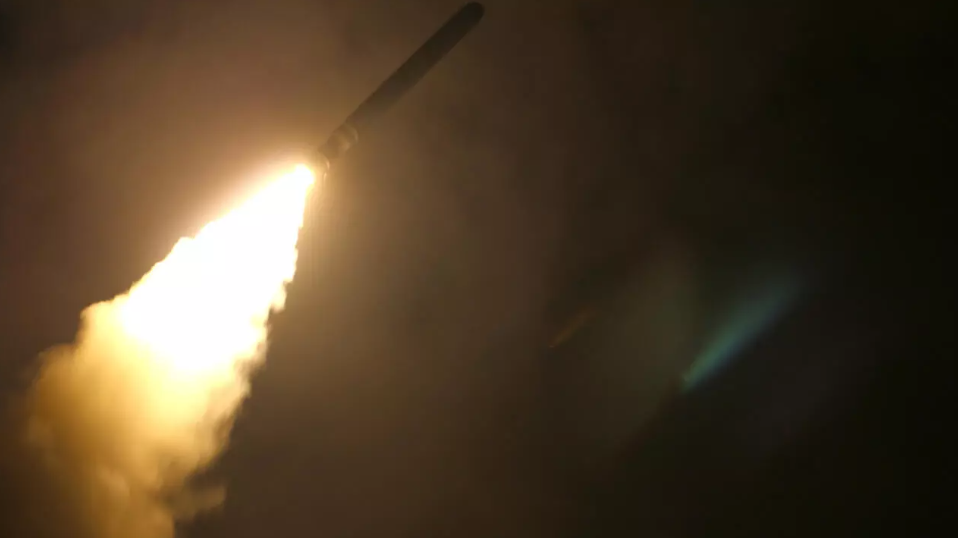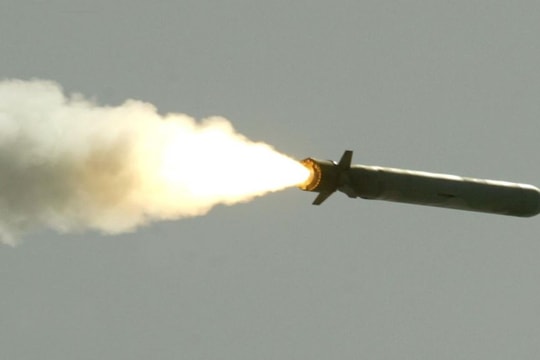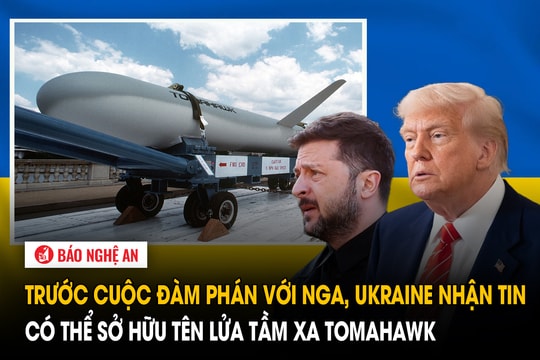Decoding Tomahawk: Can the US super missile help Ukraine turn the tables against Russia?
The Tomahawk cruise missile, the mainstay of the US military for more than four decades, is taking center stage in high-level talks between President Donald Trump and his Ukrainian counterpart Volodymyr Zelensky. Kiev believes the weapon could change the course of the war, but analysts say its greatest significance lies in the strong political message Washington sends to Moscow.

According to AFP, more than three and a half years after a full-scale conflict broke out, Ukraine is eager to own US Tomahawk missiles. With a long range, this weapon will allow Kiev to strike deep into strategic targets inside Russian territory, bringing a significant military advantage.
A Tomahawk transfer, if it happens, would be a powerful symbol of US support for Ukraine, especially after the two leaders’ less-than-stellar meeting in the Oval Office in February. At the same time, it would also be a clear warning sign that President Trump is losing patience with the Kremlin.
The situation became more complicated when Mr. Trump announced on October 16 that he would meet Russian President Vladimir Putin in Budapest at an unspecified date, right before the meeting with Mr. Zelensky.
Here are the key points about the Tomahawk super missile.
"Veteran" of 4 decades on the battlefield
Tomahawk is a cruise missile that has served in the US military for 42 years and has been used in most of the country's military interventions.
Fired from submarines or surface warships, the BGM-109 Tomahawk has a range of up to 1,600 km, flies at a subsonic speed of 880 km/h and is capable of terrain-hugging flight at an altitude of only a few dozen meters above the ground, making it very difficult to detect.
According to US Navy budget documents, 8,959 missiles have been produced and more than 2,350 have been fired in combat operations. The nuclear-tipped version of the Tomahawk was retired from service in 2013.
Familiar weapons in conflicts
Tomahawks were first used in the US-led Desert Storm campaign against Iraq in 1991. Most recently, about 80 missiles were fired at Houthi targets in Yemen in January 2024, and another 30 were used in an attack on Iran's Isfahan nuclear facility in June, when the US joined Israel.
In addition to the US, Tomahawks are also in service with the British Navy. Last year, Japan decided to buy 400 of them, while Australia and the Netherlands are also considering the deal.
Ukraine craves, but supplies are limited
With a 450 kg warhead, Tomahawk can be used to attack heavily defended targets such as air defense systems, command centers, and military airports.
According to the US-based Institute for the Study of War (ISW), Ukraine could target at least 1,655 important targets, including 67 Russian air bases, including those located deep behind Moscow.
Supply, however, is a major issue. CNAS researcher Stacie Pettyjohn estimates the US can only supply between 20 and 50 units from its stockpile. Raytheon, the manufacturer, cannot quickly ramp up production because the US Navy has only 57 new orders for 2026.
Another challenge is the launch pads. Ukraine wants to launch missiles from land, but US land launchers are rare: the US Army currently has just two batteries (with four launchers each) and the Marine Corps has just four.
Not a "game-changing weapon"?
Like battle tanks or F-16 fighters, Tomahawks are not "a miracle weapon that will win wars," Pettyjohn said, although he acknowledged they would "have a significant strategic and operational impact."
Agreeing with this view, French Army Commander General Pierre Schill said: "I do not believe that one weapon system can completely change the situation in Ukraine." He also pointed out that Ukraine has developed its own Flamingo cruise missiles with deep strike capabilities and is using them in the field.
A stern warning to Russia
According to General Schill, the provision of Tomahawks "is above all a political and strategic signal from Mr. Trump to Mr. Putin, with the message 'I said I want us to move toward peace, and I am ready to support the Ukrainians' if there is no progress."
For his part, President Putin warned that supplying Tomahawks to Kiev would create a "completely new level of escalation, including in relations between Russia and the United States".
On October 15, President Trump described the Tomahawk as an "incredible weapon, a very offensive weapon." "Do they (Russia) want Tomahawks flying toward them? I don't think so," he said.








